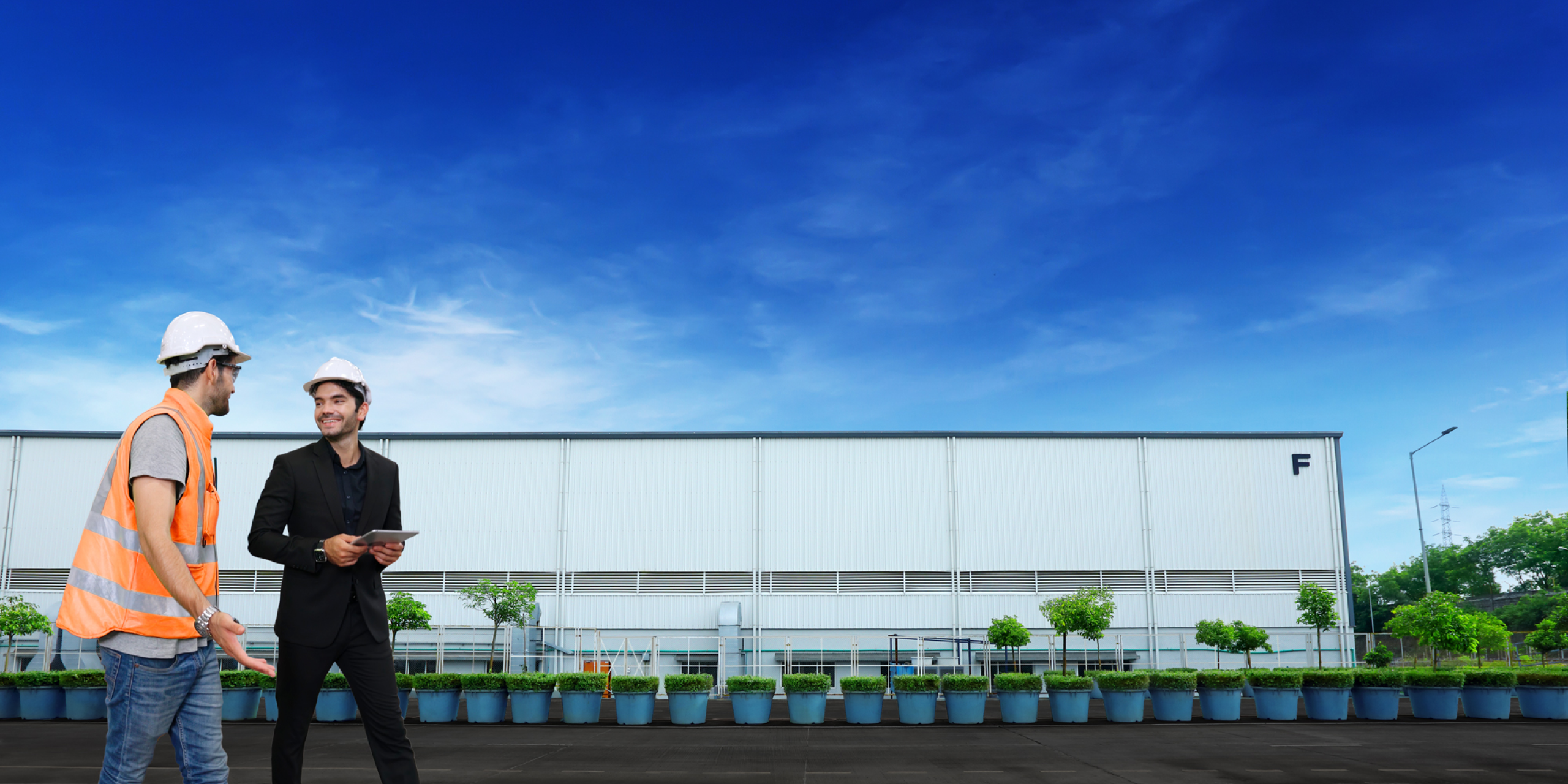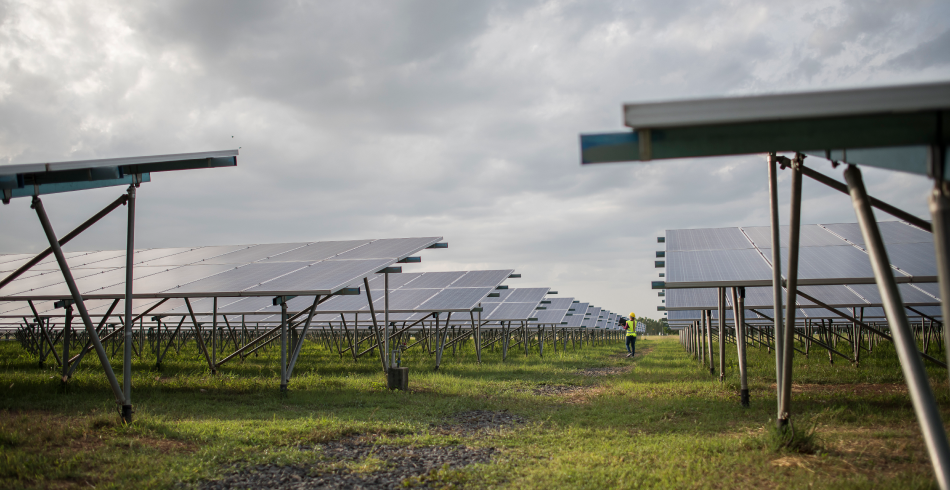Spotting Greenwashing in Warehousing

As the pressure to embrace sustainability grows, many businesses in logistics and warehousing are quick to highlight their green credentials. As a responsible business in this sector, we understand that it is crucial to be diligent and ensure that these claims are genuine and that we don’t fall into the trap of Greenwashing.
Greenwashing can mislead both consumers and partners, drawing attention to minor improvements while overlooking the deeper issues that require real change. So how do we spot and steer clear of greenwashing in warehousing?
Watch Out for Carbon Offsetting
One approach to sustainability that can sometimes create a misleading impression is carbon offsetting. This method involves investing in
environmental projects, such as tree planting or reforestation, to “offset” emissions generated by a company’s operations. While these initiatives do have environmental benefits, they don’t directly address the emissions produced within the company itself. Essentially, offsetting compensates for pollution elsewhere, rather than reducing it at the source.
A more holistic sustainable approach is carbon insetting, where companies actively work to lower their emissions within their own operations and supply chains. This might involve switching to electric vehicles, integrating smart technologies for operations and construction management, installing solar panels on warehouse roofs, or adopting more efficient energy practices within the facility itself. Unlike offsetting, insetting focuses on tackling emissions at the source, leading to more meaningful and lasting environmental improvements.

Labels Without Evidence
A common sign of potential greenwashing is the excessive use of terms like “eco-friendly” or “green” to create the impression of environmental responsibility but without clear explanations or evidence to back them up. For example, a warehouse might highlight its use of sustainable packaging or energy-efficient lighting, but these efforts may not be enough if other areas, like transportation emissions or inefficient cooling systems, are neglected.
The key to identifying genuine sustainability is to dig deeper. A truly sustainable operation offers transparency and detailed insights into all aspects of its practices—from the materials used in constructing the facility to its energy usage and waste management. Sustainability should encompass the entire lifecycle of the business, ensuring that every stage is designed to minimize environmental impact. When assessing whether a company is truly eco-friendly, it’s important to seek specifics and verify the depth of their efforts.
Certifications and Data Transparency
One of the clearest ways to spot greenwashing is bncy test. A company that is genuinely committed to sustainability will be open and detailed about their environmental impact, making it easy to see exactly how they’re working to reduce their carbon footprint.
They will publish detailed sustainability reports and provide hard facts about their emissions, energy use, and waste management. Certifications from respected bodies like USGBC-LEED, IGBC or EGDE are also important markers of genuine efforts, as these credentials require rigorous audits and ongoing improvements.
A company that is truly committed to sustainability will embrace third-party verification and openly discuss how eco-friendly practices are woven into every aspect of their operations. From sourcing materials to managing supply chains, transparency is essential to backing up their environmental claims.
Evaluate the Complete Picture
When it comes to true sustainability in logistics and warehousing, it’s important to look at the entire supply chain—not just a single part of the process. While a company may highlight its use of recyclable materials, it’s crucial to look at the broader context. How are materials sourced? How are they transported, stored, and eventually disposed of? Each stage of this process carries potential environmental consequences. Here are some hard questions to ask.
Environmental Impact: Companies should track and minimise their carbon emissions at every stage—from sourcing raw materials, transportation methods, energy consumption in warehouses, and waste management practices. Ask whether renewable energy sources like solar panels are being used. Are energy-efficient systems, such as smart lighting or HVAC controls, installed? Is water conservation a priority?
Social Responsibility: A truly sustainable warehousing company not only cares for the environment but also considers its impact on workers and local communities. Are employees provided with safe working conditions? Does the company support fair labour practices and create opportunities for local hiring? Warehousing developers should avoid practices that exploit labour or negatively affect the well-being of communities around them.
Governance: Strong governance ensures that warehousing developers and operators aren’t just paying lip service to sustainability but are integrating it into their corporate structure. Are there transparent reporting practices in place? Do these companies have third-party certifications like LEED, EDGE or IGBC? Genuine businesses will have clearly defined policies that reflect their commitment to ESG standards, with board-level oversight ensuring that sustainability goals are pursued rigorously.
By digging deeper and staying vigilant, you can see beyond the greenwashing claims and support businesses that genuinely embrace sustainable warehousing practices. These are the companies that make thoughtful choices throughout their entire supply chain—choices that have a lasting, positive impact on the environment.